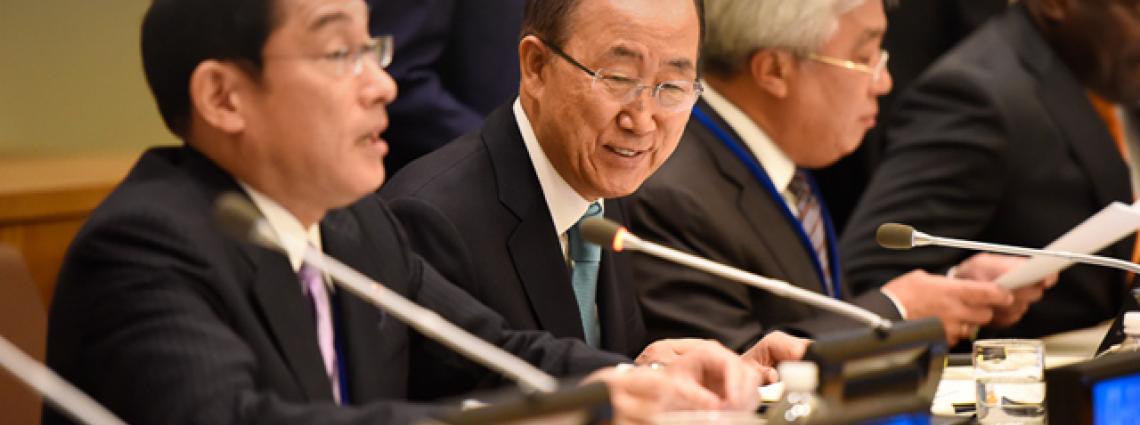Foreign Ministers gather at United Nations to advance CTBT Entry into Force
New York, 29 September 2015
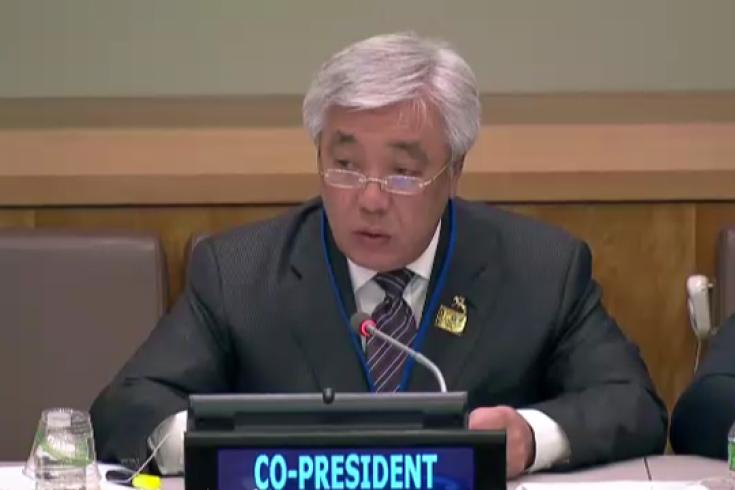
Erlan Idrissov, Minister of Foreign Affairs of Kazakhstan, at the ninth Article XIV conference in New York, USA.
Japan and Kazakhstan have the moral right to be aggressive about abolishing nuclear weapons.
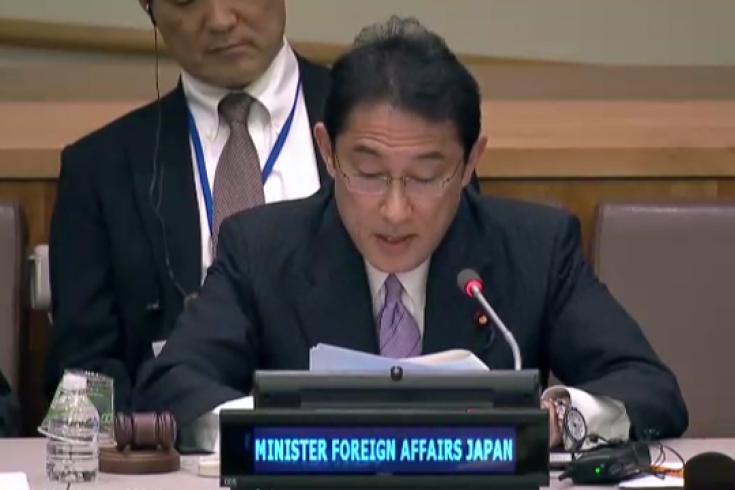
Fumio Kishida, Minister for Foreign Affairs of Japan, at the ninth Article XIV conference in New York, USA.
Together with Foreign Minister Idrissov, I stand ready to spread the knowledge about the reality of the consequence of the use of nuclear weapons, as I know such reality. I will lead this initiative so that the world does not lose sight of why we work on nuclear disarmament.
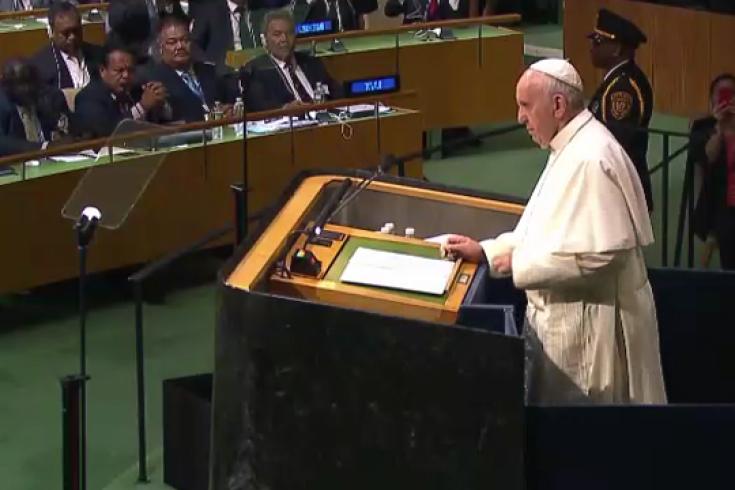
Pope Francis addressing the General Assembly at the United Nations headquarters in New York, USA.
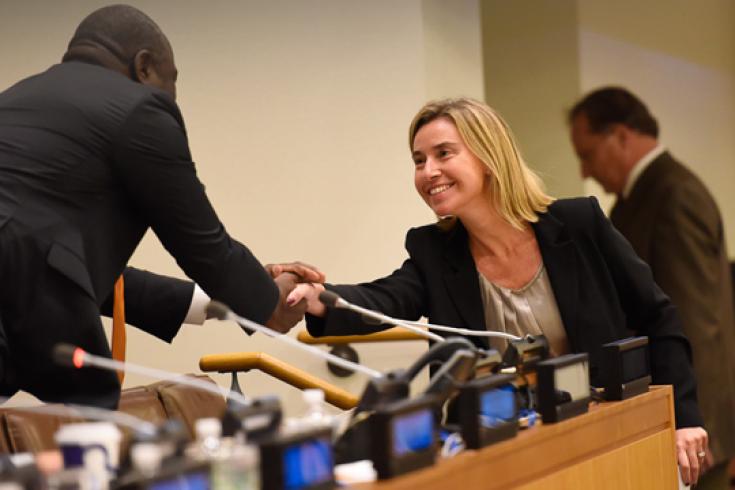
EU High Representative Federica Mogherini at the ninth Article XIV conference in New York, USA.
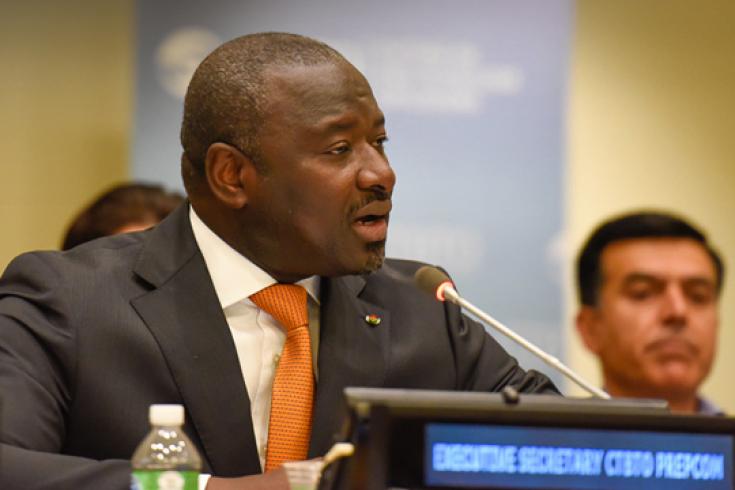
CTBTO Executive Secretary Lassina Zerbo at the ninth Article XIV conference in New York, USA.
2016 will mark twenty years since the CTBT was opened for signature. I don’t regard this as a reason for celebration. Almost twenty years later, we find ourselves at a conference provided for under Article XIV of the Treaty to accelerate entry into force. At the ninth such Conference, in fact. Excellencies, we need something more.
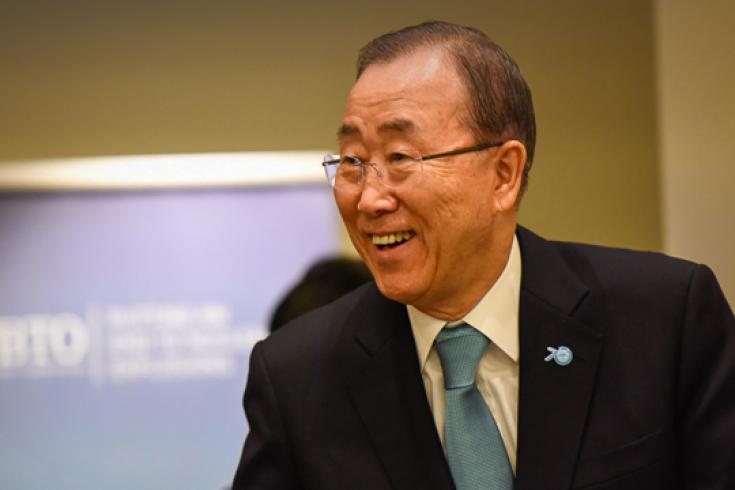
UN Secretary Ban Ki-moon at the ninth Article XIV conference in New York, USA.
The CTBT is essential to realizing our vision of a world free of nuclear weapons. It will help ensure that the international community is no longer forced to live in the shadow of nuclear weapons.
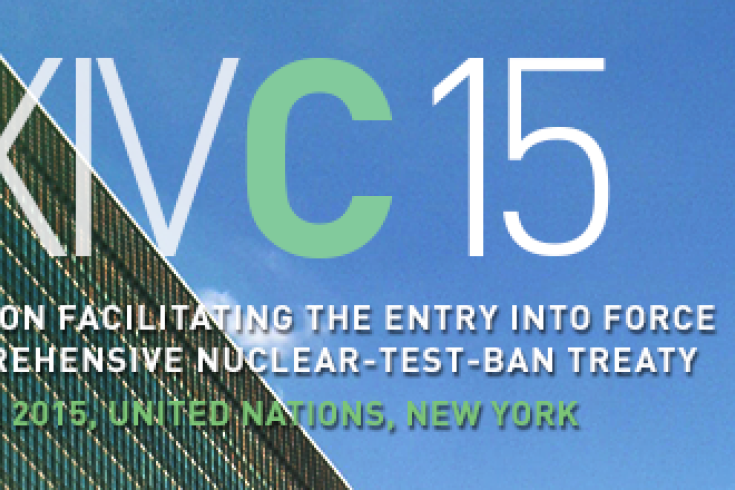
Visit the 2015 Article XIV Area
Karipbek says that his aim, his mission in life is to be among the very last victims of nuclear testing. As he says, he was born without arms, but he can move, and he can talk to everyone about what happened.
29 Sep 2015
